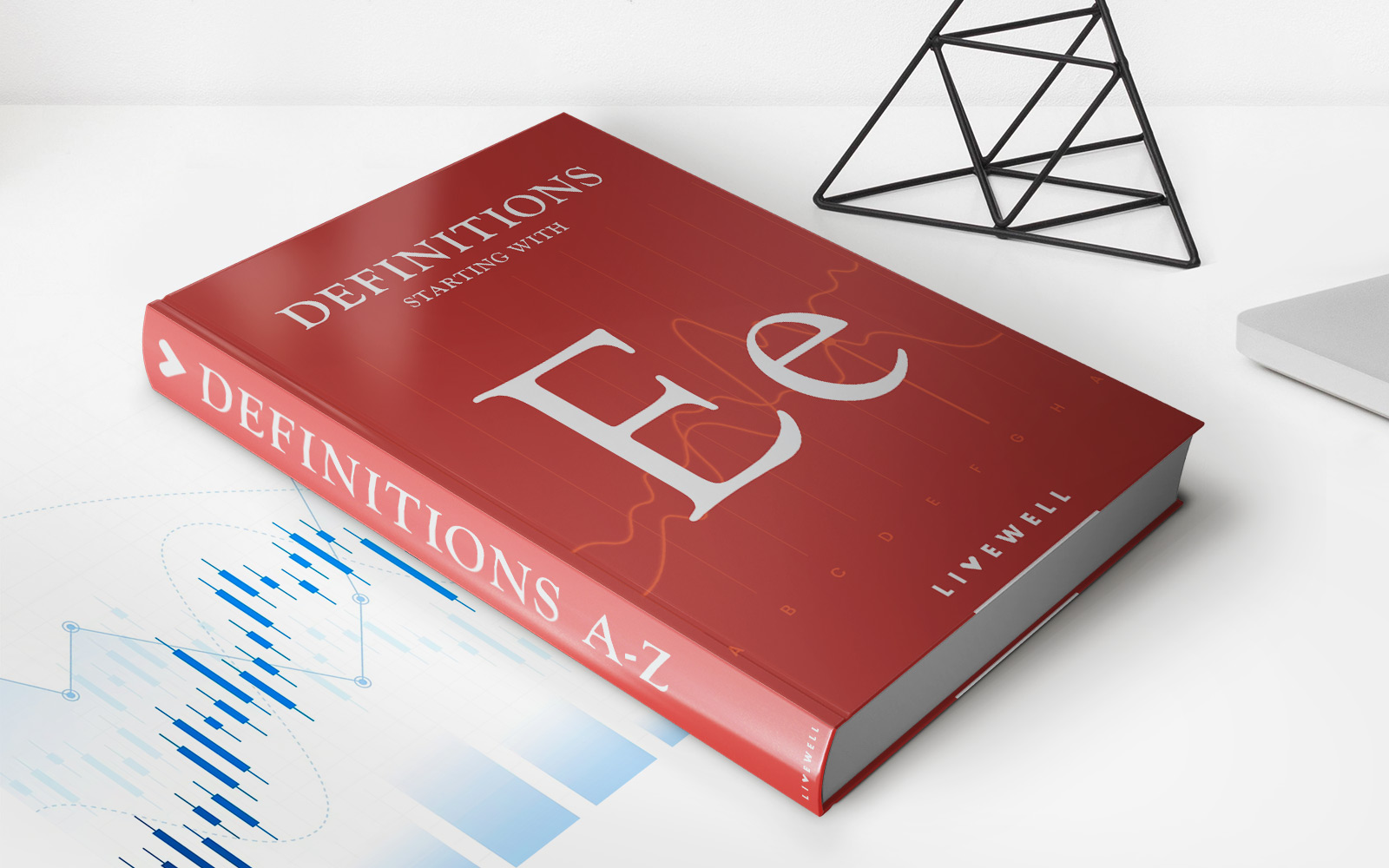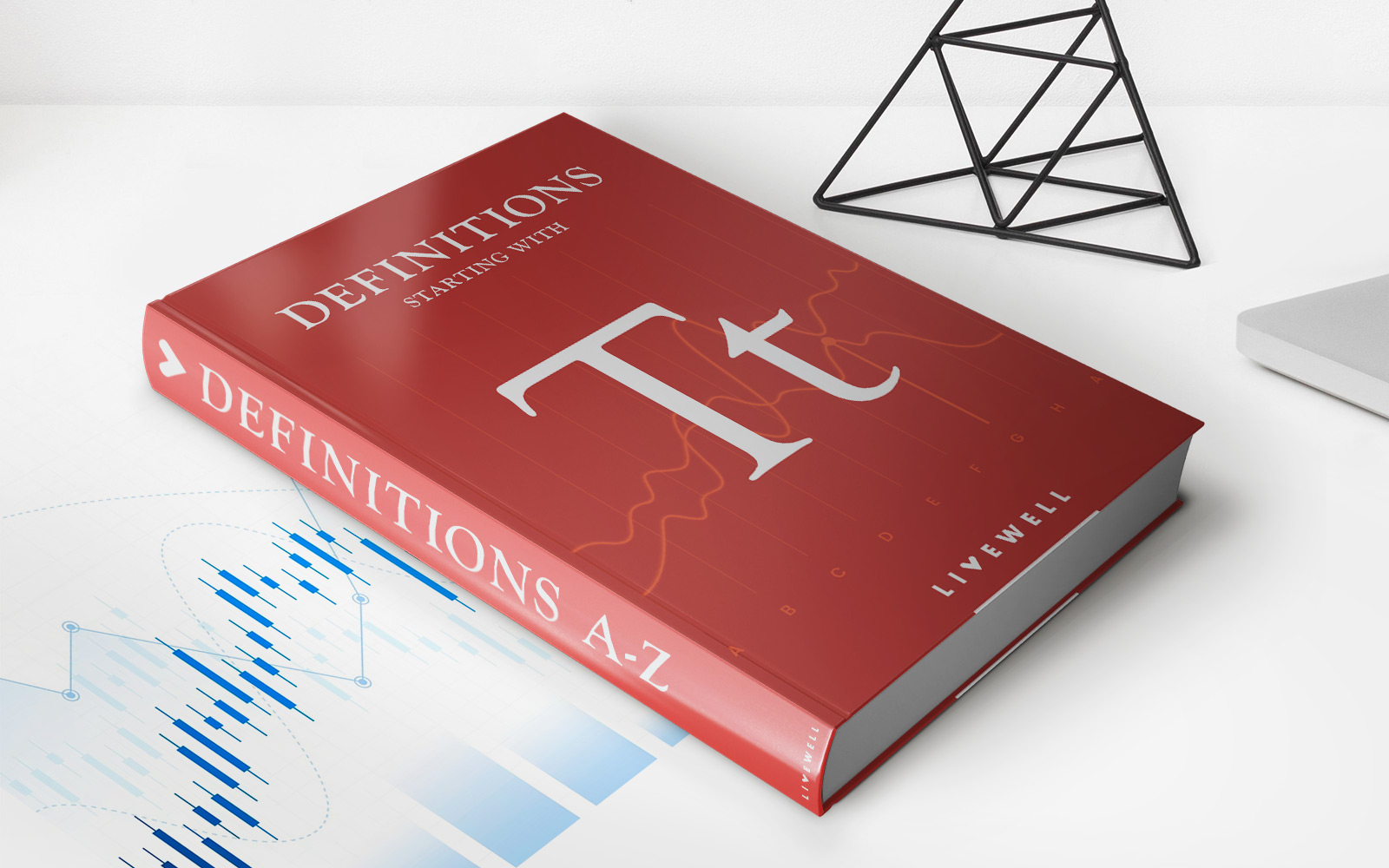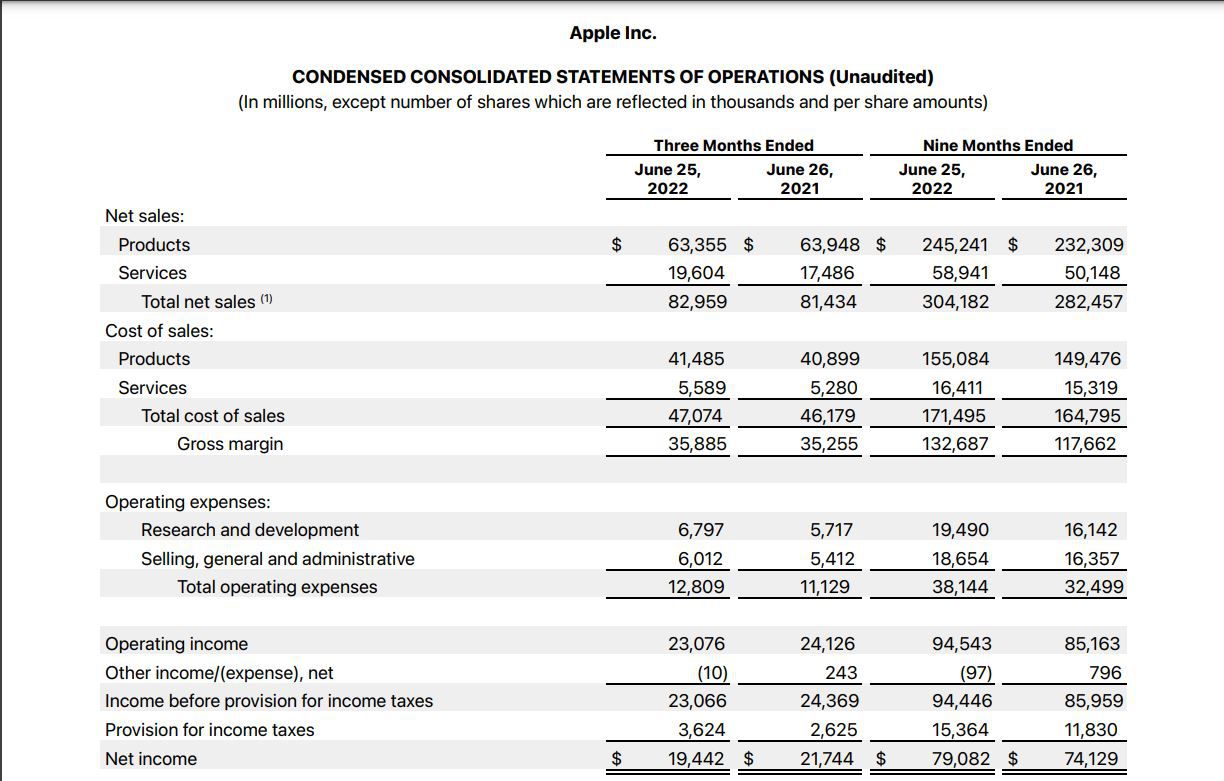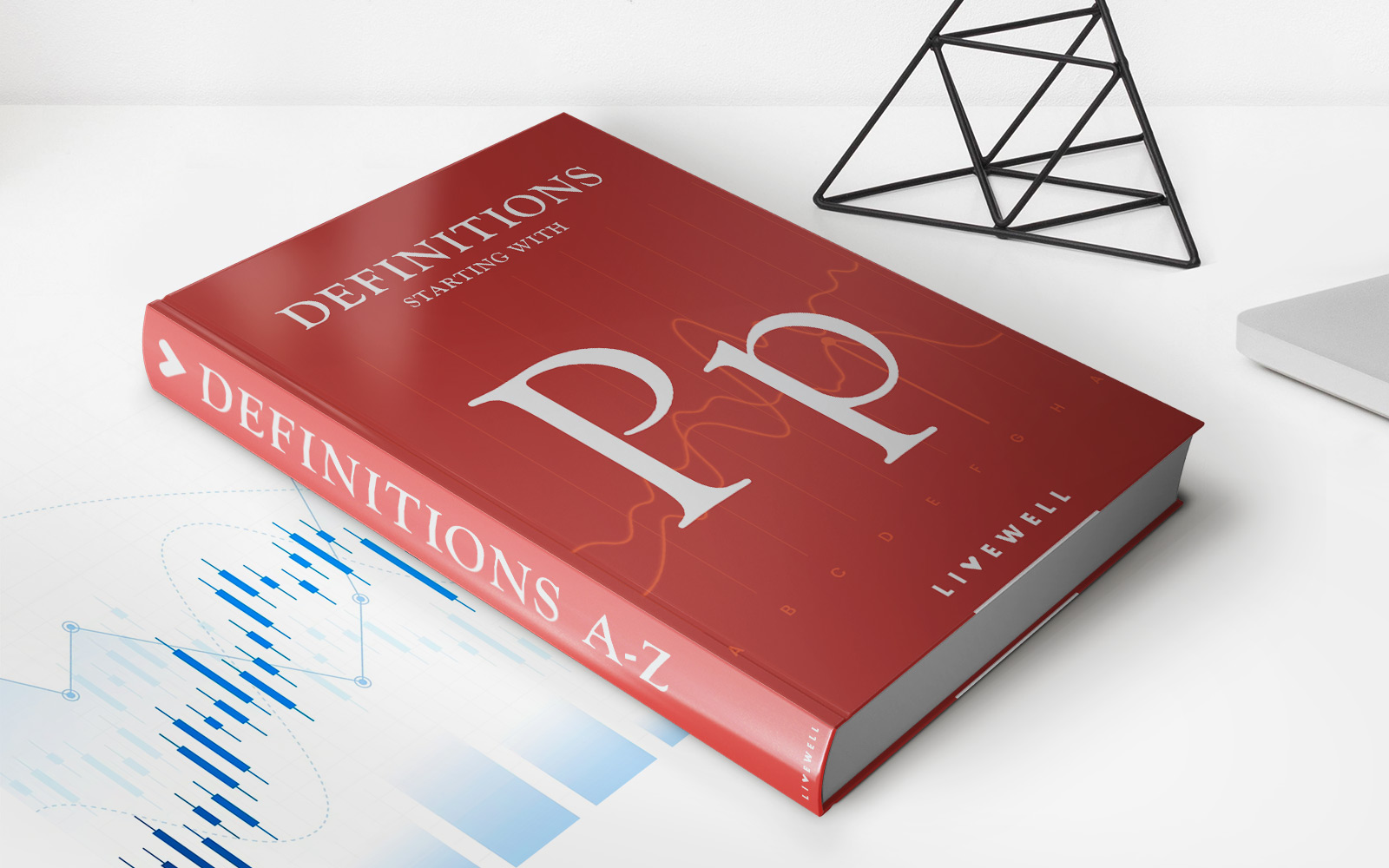Home>Finance>How The R&D Tax Credit Helps Offset Payroll Expenses


Finance
How The R&D Tax Credit Helps Offset Payroll Expenses
Modified: February 21, 2024
Learn how the R&D tax credit in finance can help businesses offset their payroll expenses and maximize profitability.
(Many of the links in this article redirect to a specific reviewed product. Your purchase of these products through affiliate links helps to generate commission for LiveWell, at no extra cost. Learn more)
Table of Contents
Introduction
In today’s competitive business landscape, companies are constantly seeking innovative ways to stay ahead. Research and Development (R&D) plays a critical role in driving growth and finding new solutions to existing challenges. However, funding these R&D activities can be a significant financial burden for organizations, particularly when it comes to payroll expenses.
Fortunately, there is a valuable tool available to businesses known as the R&D Tax Credit. This tax incentive, offered by numerous countries including the United States, encourages companies to invest in R&D by providing them with substantial tax relief. Not only does it lower the overall tax liability of eligible businesses, but it can also be used to offset payroll expenses incurred during R&D efforts.
In this article, we will delve into the details of the R&D Tax Credit and explore how it can help businesses offset their payroll expenses. We will examine the eligibility criteria, calculations, and limitations of the credit, and provide examples to illustrate its practical application.
By gaining a deeper understanding of the R&D Tax Credit and its impact on payroll expenses, businesses can make informed financial decisions and leverage this valuable incentive to drive innovation.
Understanding the R&D Tax Credit
The R&D Tax Credit is a government incentive designed to encourage businesses to invest in research and development activities. It provides businesses with a tax credit that can significantly reduce their tax liability. The credit is aimed at promoting innovation, fostering economic growth, and facilitating job creation.
It’s important to note that the eligibility criteria, calculation methods, and regulations surrounding the R&D Tax Credit vary depending on the country. For the purpose of this article, we will primarily focus on the R&D Tax Credit in the United States.
In the United States, the R&D Tax Credit was established in 1981 as a temporary incentive to boost business innovation. However, it has since become a permanent provision of the tax code, providing valuable support to numerous businesses across various industries.
The R&D Tax Credit rewards companies that engage in activities that meet the following criteria:
- The activities must be undertaken to discover, improve, or develop new products, processes, techniques, formulas, or software.
- There must be an element of technical uncertainty, meaning that there is no readily available information or knowledge to achieve the desired outcome.
- The activities must involve a systematic process or experimentation to address the technical uncertainty.
- The process of experimentation must be carried out using a scientific approach, such as through the formulation of hypotheses, testing, and analysis of results.
It’s important to note that qualifying research does not need to result in successful outcomes or marketable products. The R&D Tax Credit recognizes the value of the research process itself and rewards companies that are actively investing in innovation.
It’s also worth mentioning that the R&D Tax Credit is available to businesses of all sizes, from startups to large corporations. Companies in various industries, including manufacturing, technology, pharmaceuticals, and software development, can benefit from this incentive.
Now that we have a basic understanding of the R&D Tax Credit, let’s delve into the eligibility criteria and requirements in more detail.
Eligibility Criteria for the R&D Tax Credit
While the specific eligibility requirements for the R&D Tax Credit may vary based on the country and jurisdiction, we will focus on the eligibility criteria for the credit in the United States.
To be eligible for the R&D Tax Credit in the U.S., a company must meet the following criteria:
- Qualified Research Activities: The company must engage in research activities that meet the criteria set by the IRS. This includes activities that aim to develop new or improved products, processes, or software.
- Technical Uncertainty: The research activities must involve technical uncertainty, meaning that there must be a level of uncertainty about the capability or method for achieving the desired outcome.
- Systematic Process: The company must employ a systematic process of experimentation. This typically involves developing and testing hypotheses using scientific methods.
- Substantially All: The activities must constitute a significant portion of the company’s efforts and must be vital to the development or improvement of a business component.
- Business Component: The research activities must relate to a specific business component, such as a product, process, technique, or software, and must be intended for use in the company’s trade or business.
It’s important to note that not all research and development activities will qualify for the tax credit. The activities must meet specific requirements outlined by the IRS, and it is recommended to consult with a tax professional or specialized R&D tax credit consultant to determine if your company’s activities are eligible.
Additionally, it’s worth mentioning that the R&D Tax Credit in the U.S. provides a benefit for both income tax and payroll tax, giving businesses flexibility in how they can utilize the credit.
Now that we have covered the eligibility criteria for the R&D Tax Credit, let’s move on to understanding how the credit is calculated.
Calculating the R&D Tax Credit
The calculation of the R&D Tax Credit can be complex and requires careful documentation and analysis of eligible expenses and activities. The specific methodology used to calculate the credit may vary based on the country and jurisdiction, but we will focus on the general approach used in the United States.
In the United States, there are two primary methods for calculating the R&D Tax Credit: the Regular Credit Method and the Alternative Simplified Credit (ASC) Method.
The Regular Credit Method, also known as the Traditional Credit Method, allows businesses to claim a credit equal to a percentage of the qualified research expenses (QREs) incurred during the tax year. QREs typically include wages for employees directly involved in R&D, supplies used in R&D activities, and contracted research expenses.
The percentage applied to the QREs varies depending on the taxpayer’s base period research expenses compared to their gross receipts. This method is more complex and requires detailed documentation and analysis of eligible expenses and activities.
Alternatively, the ASC Method offers a simplified calculation by applying a flat rate to the current year’s QREs. The ASC rate is set at 14% of the QREs that exceed 50% of the average QREs over the preceding three years.
It’s important to note that certain expenses, such as the cost of acquiring or purchasing property, are not eligible for the R&D Tax Credit. Additionally, there may be limitations or adjustments based on factors like company size, ownership structure, and participation in government-funded research.
To accurately calculate the R&D Tax Credit, businesses need to maintain thorough records and documentation to support their eligible research expenses. This includes documentation of project timelines, employee time logs, subcontractor agreements, and other relevant information.
It’s highly recommended to work with a tax professional or a specialized R&D tax credit consultant who can navigate the complexities of the calculations and ensure compliance with the specific requirements of the R&D Tax Credit program.
Now that we understand how the R&D Tax Credit is calculated, let’s explore how it can help businesses offset their payroll expenses.
How the R&D Tax Credit Helps Offset Payroll Expenses
One of the significant benefits of the R&D Tax Credit is its ability to help businesses offset their payroll expenses. As businesses invest in research and development activities, a significant portion of these expenses often goes towards employee wages and benefits. By applying the R&D Tax Credit to these payroll expenses, businesses can effectively reduce their overall tax liability and free up additional funds for reinvestment in R&D efforts.
The R&D Tax Credit allows eligible businesses to claim a tax credit based on the qualified research expenses (QREs) incurred during the tax year. QREs typically include employee wages for individuals directly engaged in R&D activities, such as scientists, engineers, technicians, and other research personnel.
By claiming the R&D Tax Credit, companies can offset a percentage of the qualified payroll expenses, effectively reducing their tax liability. This can result in significant savings and increased cash flow, allowing businesses to allocate more resources towards research and development initiatives.
For example, let’s say a company incurs $500,000 in eligible payroll expenses for its R&D activities. If the R&D Tax Credit rate is set at 10%, the company can claim a tax credit of $50,000. This means they can reduce their tax liability by $50,000, effectively lowering the amount of taxes they owe and freeing up additional funds.
By leveraging the R&D Tax Credit to offset payroll expenses, businesses can reduce the financial burden of investing in research and development. This provides an incentive for companies to allocate more resources towards innovation, encourages job creation within R&D-focused teams, and stimulates economic growth.
It’s important to note that businesses should carefully document and track their eligible payroll expenses to support their R&D Tax Credit claim. This includes maintaining records of employee time logs, job descriptions, and other documentation that demonstrates the direct involvement of employees in qualifying R&D activities.
Additionally, it’s worth mentioning that the R&D Tax Credit can be carried forward or backward in some jurisdictions, allowing businesses to utilize the credit in future or prior tax years if they are unable to fully utilize it in the current year.
Now that we understand how the R&D Tax Credit can help offset payroll expenses, let’s explore some practical examples of the types of payroll expenses that can be offset by this tax incentive.
Examples of Payroll Expenses Offset by the R&D Tax Credit
The R&D Tax Credit provides businesses with the opportunity to offset a variety of payroll expenses incurred during research and development activities. While the specific payroll expenses depending on the company’s activities and structure, here are some examples of the types of expenses that can be offset by the R&D Tax Credit:
- Employee Wages: The R&D Tax Credit allows businesses to claim a portion of the wages paid to employees directly involved in qualifying R&D activities. This includes scientists, engineers, technicians, and other research personnel. For example, if a company pays a software engineer a salary of $100,000 for their R&D work, a portion of that expense can be offset through the tax credit.
- Contract Labor: In some cases, businesses may engage external contractors, consultants, or research firms to assist in their R&D activities. The wages paid to these contract employees can also be eligible for the R&D Tax Credit. For instance, if a company hires a research firm to conduct experiments and analyze data, a portion of the fees paid to that firm can be offset through the tax credit.
- Fringe Benefits: The R&D Tax Credit not only allows businesses to include wages in their claim but also certain fringe benefits provided to employees engaged in qualifying research and development. This can include items such as health insurance, retirement contributions, and paid time off.
- Supervisor and Support Staff: In addition to employees directly involved in R&D, certain supervisory personnel and support staff who directly support and manage the R&D activities may also be eligible for inclusion in the R&D Tax Credit calculation. This can include project managers, quality assurance personnel, and other administrative staff.
- Overhead Expenses: While not directly related to payroll, the R&D Tax Credit may also allow businesses to include a portion of their overhead expenses in their claim. These can include rent, utilities, and other operational costs that directly support and facilitate R&D activities. However, it’s important to note that calculating and allocating overhead expenses can be more complex and may require additional documentation.
These examples highlight the diverse range of payroll expenses that can be offset by the R&D Tax Credit. By leveraging this tax incentive, businesses can not only stimulate innovation but also reduce the financial burden of investing in research and development.
It’s essential for businesses to maintain proper documentation and track the payroll expenses associated with their R&D activities to support their R&D Tax Credit claim. Working with tax professionals or specialized R&D tax credit consultants can ensure that all eligible expenses are accurately identified and included in the calculation.
Now that we’ve explored the examples of payroll expenses that can be offset by the R&D Tax Credit, let’s consider some limitations and considerations associated with this incentive.
Limitations and Considerations of the R&D Tax Credit
While the R&D Tax Credit can provide significant benefits to businesses engaged in research and development activities, it’s important to be aware of its limitations and considerations. Understanding these aspects will help businesses make informed decisions and effectively leverage the tax credit. Here are some key points to consider:
- Eligibility Requirements: Not all research and development activities may qualify for the R&D Tax Credit. The activities must meet specific criteria related to innovation, technical uncertainty, systematic processes, and business components. It’s essential to assess and document the eligibility of your company’s R&D activities before pursuing the tax credit.
- Complex Calculations: The calculation of the R&D Tax Credit can be complex and requires thorough documentation and analysis of eligible expenses. It’s advisable to work with a tax professional or specialized R&D tax credit consultant to ensure accurate and compliant calculations.
- Documentation Requirements: Claiming the R&D Tax Credit requires detailed documentation to support the eligibility of expenses and activities. This includes maintaining records of time logs, project descriptions, research documentation, and other relevant information. Keeping thorough and organized documentation is crucial for successful claims and potential audits.
- Time and Effort: Preparing and claiming the R&D Tax Credit can be time-consuming and resource-intensive. It requires a commitment of time, effort, and expertise to accurately identify, document, and calculate eligible expenses. Businesses need to allocate sufficient resources and plan accordingly to ensure a smooth and successful claim process.
- Regulatory and Jurisdictional Variations: The rules and regulations surrounding the R&D Tax Credit may vary based on the country and jurisdiction. It’s crucial to stay updated on the specific requirements and guidelines set by the tax authorities in your jurisdiction to ensure compliance and maximize the benefits of the tax credit.
- Government Audits: As with any tax credit or incentive, businesses claiming the R&D Tax Credit may be subject to audits by the tax authorities. It’s important to maintain accurate records, follow proper procedures, and be prepared to provide documentation to substantiate the claimed expenses and activities in case of an audit.
Considering these limitations and considerations will help businesses effectively navigate the R&D Tax Credit landscape and make informed decisions regarding their research and development activities. By understanding and addressing these factors, companies can optimize the benefits of the tax credit and ensure compliance with the relevant regulations.
Now, let’s wrap up our discussion on the R&D Tax Credit.
Conclusion
The R&D Tax Credit offers businesses a valuable opportunity to offset payroll expenses incurred during research and development activities. By claiming this tax credit, companies can reduce their tax liability, free up additional funds, and fuel innovation within their organizations.
Throughout this article, we explored the basics of the R&D Tax Credit and how it helps businesses offset payroll expenses. We learned about the eligibility criteria, including qualified research activities, technical uncertainty, systematic processes, and business components. We also discussed the various payroll expenses that can be offset, such as employee wages, contract labor, fringe benefits, supervisor and support staff costs, and even certain overhead expenses.
While the R&D Tax Credit provides substantial benefits, it is important to acknowledge the limitations and considerations associated with the credit. These include adherence to eligibility requirements, complex calculations, documentation requirements, potential audits, and varying regulations across jurisdictions.
To make the most of the R&D Tax Credit, businesses should ensure they meet the eligibility criteria, maintain meticulous documentation, and work with tax professionals or specialized consultants who can guide them through the intricacies of the tax credit. Investing the time, effort, and resources necessary to properly claim the credit can result in significant cost savings, increased cash flow, and enhanced innovation capabilities.
In conclusion, the R&D Tax Credit serves as a catalyst for research and development activities by offering businesses a way to offset payroll expenses. By leveraging this tax incentive, companies can foster a culture of innovation, drive economic growth, and remain competitive in their respective industries.
If your company engages in research and development activities, it’s crucial to explore the specific regulations and eligibility criteria in your jurisdiction and consult with tax professionals to maximize the benefits of the R&D Tax Credit. With proper understanding and planning, businesses can harness the potential of this tax incentive and propel their innovative endeavors for future success.














